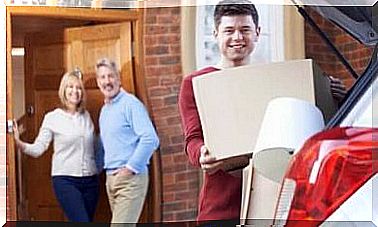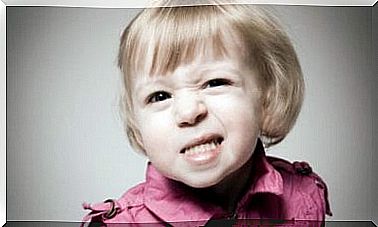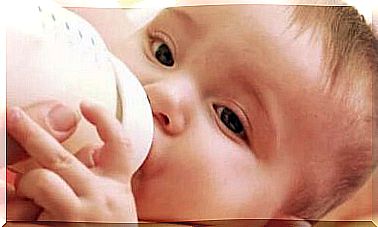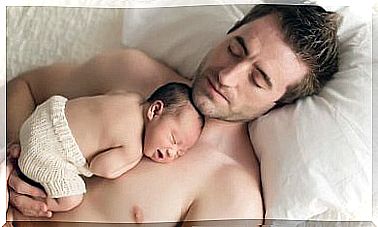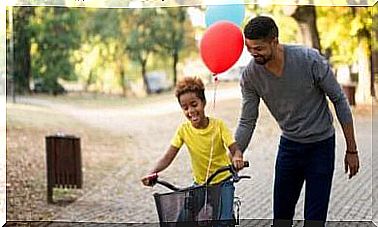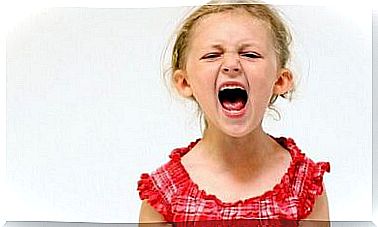How To Help Children With Dyslexia?
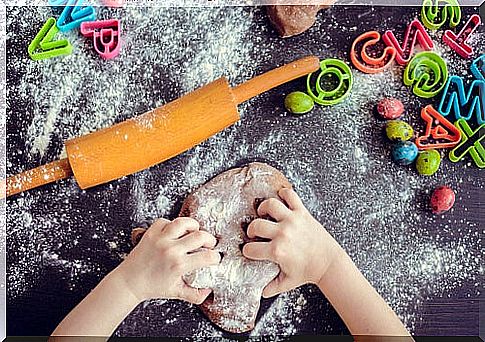
The first step in helping children with dyslexia is to know very well that dyslexia is simply a learning disability and should not be considered a cognitive deficit. This is not an intellectual problem at all. And it is usually detected around 6 years of age, when children begin to learn to read.
Does it mean that this makes the child face difficulties? Yes, but all these difficulties can be overcome. We shouldn’t be concerned if our child has been diagnosed with dyslexia after psychiatric analysis. This doesn’t affect his intellectual potential, it just means that he will need a little help in some ways.
Children with dyslexia find it difficult to read clearly, which often makes them difficult to understand in writing, and ultimately to learn to write (especially in the orthographic field). Sometimes it also means that they have difficulty understanding math operations, but all of this can be overcome with patience and effort.
How can I tell if my child has dyslexia?
First, neither parents nor teachers are able to confirm this diagnosis. If we suspect that our child has childhood dyslexia, the best thing we can do is to look for a professional specialized in this, in this case a speech therapist or an educator.
Is dyslexia curable?
Dyslexia has no cure, but it is possible to reduce the difficulties it brings thanks to constant and adequate support, according to the guidelines given by the specialist.
There are several support programs and each of them is designed according to the needs of each individual. For this reason, it is not possible to explain with certainty which one will be specifically suitable for your child. This will depend on your capabilities and the analysis done by the expert.
What we can guarantee you is that at school, when you meet with the teaching and psychological care team, they will provide personalized help for your child, and will also be able to guide you when finding groups of out-of-school support, guided tasks, or simply complementary activities that can help the child.
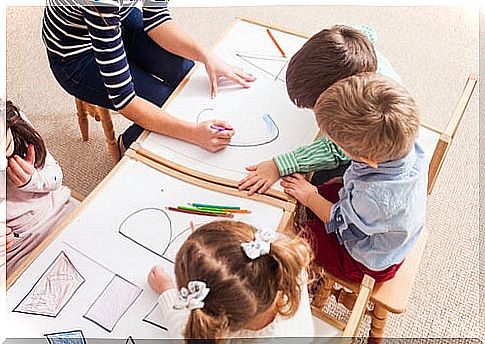
How to help children who have dyslexia?
First, if you suspect that your child is suffering from dyslexia of some kind, you should contact a professional immediately. The simple fact of confirming this problem when the child is very young guarantees the possibility of treatment. Being aware, informed and willing to move forward is the best way to
help
our children.
There are many activities we can do at home with our child that will help them get better. Here we offer you some tools that can be of great use:
Cell phone
Nowadays, everyone has a cell phone. Well, there is a huge amount of
applications
for these phones that offer us very useful tools and strategies. In fact, we can download different games that combine reading with other important aspects to entertain and help our kids.
In the apps available on our smartphones we can find a multitude of offers that can be of great use. It’s all a matter of trying to take advantage of them to get the benefits we want. Especially those semi-educational apps are recommended; the most popular are:
- Piruletras.
- Alphabetics.
In addition, it is recommended for children with dyslexia all those apps that propose to solve alphabet soup, sentence construction, sentence organization, and the like. We can also use repetition programs to help children who have difficulty speaking correctly.
One recommendation we would like to give you is to check if the apps are available in your language so that it is really effective help.
Board games
This activity will become treatment and study a
Just kidding
. It has been proven that children learn more by playing than by performing other activities. Soon, it will be great. We can recreate or invent a multitude of multi-sensory games; let’s see some ideas:
1. the gallows
It consists of guessing a word. The person who drew the lines indicating the letters of the word will indicate the syllables it contains and the other person will say letter by letter the ones he thinks are present in the word. If the word doesn’t contain one of the letters the player says, the one that marked the spaces in the word will draw a puppet member on the gallows.
The player who manages to discover the entire word wins without the one who marked the lines that indicate each letter drawing the entire doll and he has been hanged. This game helps the child to associate letters with sounds.
2. Indicate the word that does not exist
Let’s make a list of similar words and one of them won’t exist. The child has to say which one is the made-up word. To make this game more fun, we can have the child make up a meaning for the word.
3. Alphabet soup
On a board, let’s place letters in such a way that some form words and others are randomly distributed. The child will have to look for the word we say is in the middle of the soup. This game can be more complicated for her, so it’s good to help her, as if you both are part of a team.
4. Guess game
One player tells the other the first letter of some object he is currently seeing. The other player will have to guess what it is.
5. Word string game
It consists of saying one word after another with the only condition that the first syllable of the word must be the last of the word that was said.
6. Once upon a time…
This game is a lot of fun and kids will laugh their heads off. We should go on telling a story, but word for word, that is, each person will say a word and whoever is sitting next to them will continue the story with another word and so on.
7. Left, right!
Some children with dyslexia have difficulties in orienting themselves, in knowing when to be right and when to be left. We can encourage your learning through games that involve guidance for both sides.
The most common is the popular Twister which uses a roulette wheel in which we have to put a part of our body in a color. This game, in addition to using body parts, plays with colors and shapes, so it’s great in this case.
Another option is to invent a dance and say the movements we perform out loud. For example: right foot forward and left hand on the head.
Dyslexia is a specific, persistent difficulty that does not interfere with normal cognitive development. It is often associated with difficulty in the correct development of writing (dysorthography).
There is no reason for this to become a trauma in our lives (nor in the lives of children with dyslexia) if we decide to be proactive and maintain a good attitude in the face of the challenges ahead. We must remember that in addition to helping children with activities, we must also be supportive. We are here to give affection, provide strength and value.

